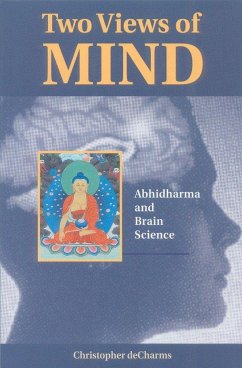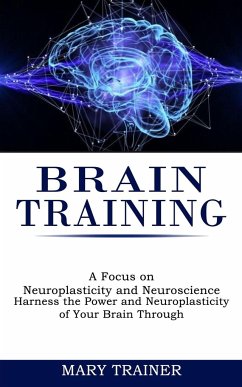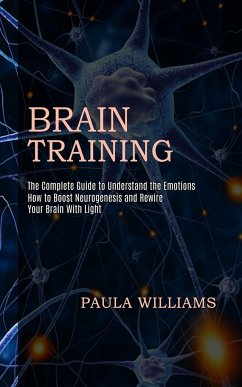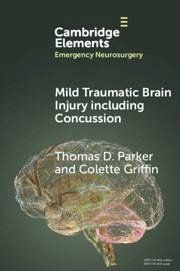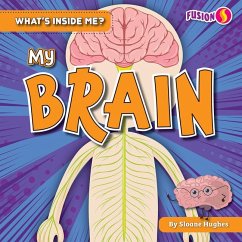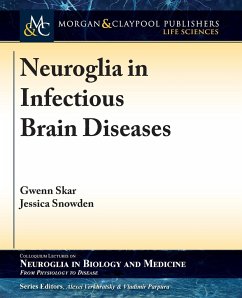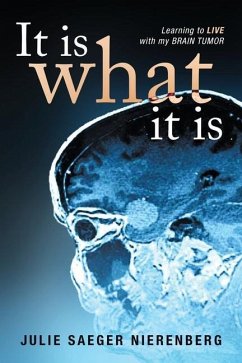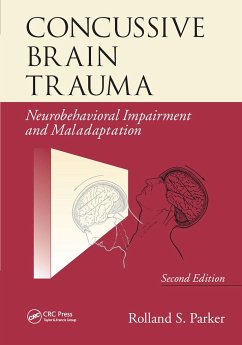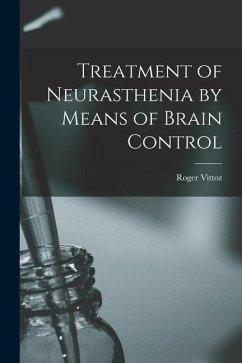
Computer Simulation in Brain Science
Versandkostenfrei!
Versandfertig in 1-2 Wochen
62,99 €
inkl. MwSt.

PAYBACK Punkte
31 °P sammeln!
The volume covers the creation of computer models of neural networks, and their use in the study of neural function, of cognition, memory and vision.





